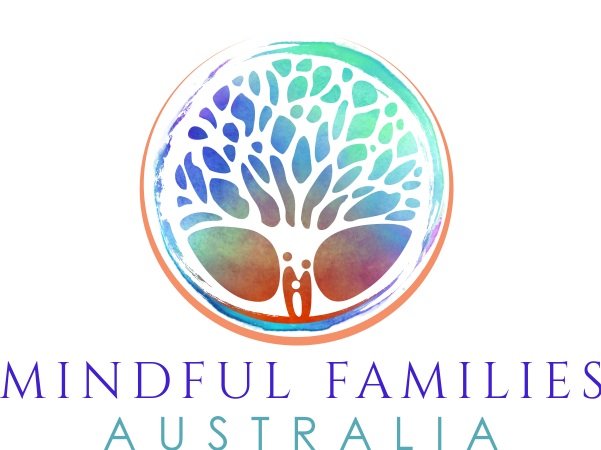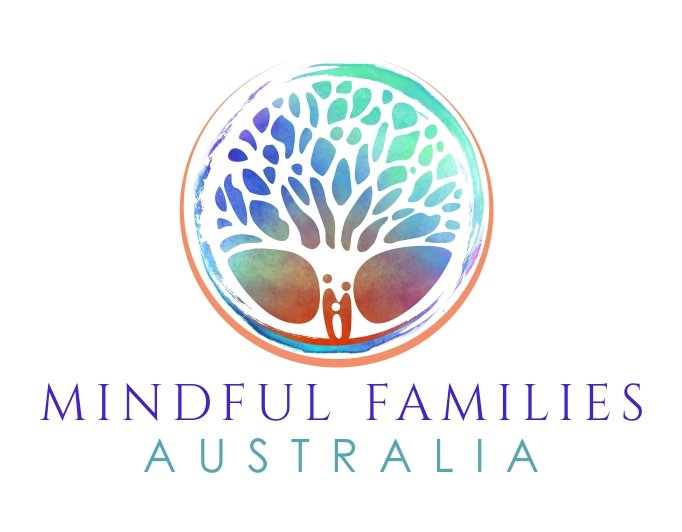The Power of Forgiveness: Exploring the Foundations of Healing
Hello, dear readers. In this blog post, we will delve into the art of forgiveness and its power to transform and heal.
When it comes to forgiveness, Jack Kornfield beautifully highlights that much of the process involves bringing into consciousness that which has been submerged in unawareness. We’ve been dwelling in it, engaging with it in our emotions, but, for some reason, we’ve disallowed ourselves from plainly acknowledging it.
My own journey in comprehending forgiveness saw personal strides only in recent years. What I have come to learn is that forgiveness isn't a passive phenomenon that occurs organically nor does time necessarily heal all wounds. Contrarily, forgiveness is a proactive experience, demanding of us intentional input, sometimes even corresponding action.
A telling quotation from actress Lily Tomlin renders forgiveness as surrendering all hope for a revised past. This resonates with me due to its practical and matter-of-fact nature. It captures the essence of radical acceptance. However, it invites consideration on how we surrender this hope and move past our history. Frequently, people adopt a 'forgive and forget' attitude, tag it as 'water under the bridge', or favor 'letting bygones be bygones'. But often, this is not authentic forgiveness.
True forgiveness does not imply amnesia or disregard for past events. If we erase the incidents we’ve experienced, how can we mature from them? Genuine forgiveness involves addressing past wounds with loving awareness, metta, and compassion. This process facilitates healing and liberation. And just like every construct underpinned by love, it neither tolerates haste nor can be coerced.
Rumi, the 13th-century Persian poet, depicted forgiveness as the fragrance that a flower exudes when crushed. As we begin the practice of forgiveness, we discern the correlation between our ability to forgive and our capacity to live with an open and gracious heart.
As humans, when we cling firmly to the pain others have inflicted upon us, the hurt we have bestowed on others, and the harm we do to ourselves, it transmutes into callouses. Too much holding, too much tightness breeds a form of armour that petrifies the heart, deflecting love and joy from permeating it.
Charlotte Joko Beck, a Zen teacher, encapsulated the thought succinctly. She said, "Our capacity to know joy is directly related to our capacity to forgive." The act of letting go is quintessential. And when this release can happen with kindness, compassion, and metta, it offers an emollient balm for the calluses that have hardened, urging genuine softening.
Forgiveness, despite its importance within our human nature, has been gravely misunderstood. The confusion surrounds its significance, its role in healing, and its processes. It makes sense as to why the concept seems elusive.
Our schools don't prioritize lessons in forgiveness, and western cultures have tragically lost sight of practices and rituals associated with forgiveness. Even among therapists, the idea of facilitating clients with forgiveness practice is often disregarded, unconsidered, or met with disbelief.
However, understanding forgiveness is paramount. We've all been at the receiving end of suffering at the hands of others and have caused suffering to ourselves and others. We've all encountered pain, betrayal, unkindness, and at times, abuse- intentionally or unintentionally, deliberately or accidentally. These unfortunate circumstances are part and parcel of the human experience.
To foster a forgiving perspective, I invite you to try a set of meditative practices that aid in seeking forgiveness, forgiving others, and forgiving ourselves.
Here's a simple Forgiveness Practice:
1. Sit comfortably and breathe peacefully.
2. Feel into your body and pay particular attention to your chest and the area around your heart. Allow yourself to sense any blocks or barriers that you've created and the emotions that you've harbored because you have not forgiven - yourself and others.
3. Recite to yourself, "There are many ways that I have hurt and harmed others, have betrayed or abandoned them, caused them suffering, willingly or unwillingly, out of my pain, fear, anger, and confusion."
4. Visualize the ways you have inflicted pain on others and are feeling the effects of your past actions. Acknowledge your sorrow and regret and sincerely ask for forgiveness.
5. Following this, repeat steps 3 and 4, but this time consider the ways you've been hurt by others. Understand and feel the pain you've held onto from the past. As much as you are ready offer forgiveness to those who've hurt you.
6. Lastly, look at the ways in which you've wronged yourself and once again repeat steps 3 and 4. Acknowledge these moments, breathe and release the regret you feel, and grant yourself full forgiveness.
Remember that forgiveness requires courage and perseverance. As quoted in the Bhagavad Gita, "If you want to see the brave, look for those who can forgive."
While practicing forgiveness can indeed induce liberation and freedom, the path is often long and calls for time, continuous effort, and patience with oneself. Like the repetitive drips of water that can soften a solid rock, the practice of forgiveness can tenderize your hardened heart.
It's important to note that none of us are exempt from the experience of hurt. It is our response to it that shapes our journey. Unveil your resilience, question your narratives, and rise from your personal hardships with what Gandhi defined as "soul force."
In forgiveness, we find the foundation for healing and growth. Let's tread this path with patience and compassion, embracing an open heart and a forgiving spirit.


